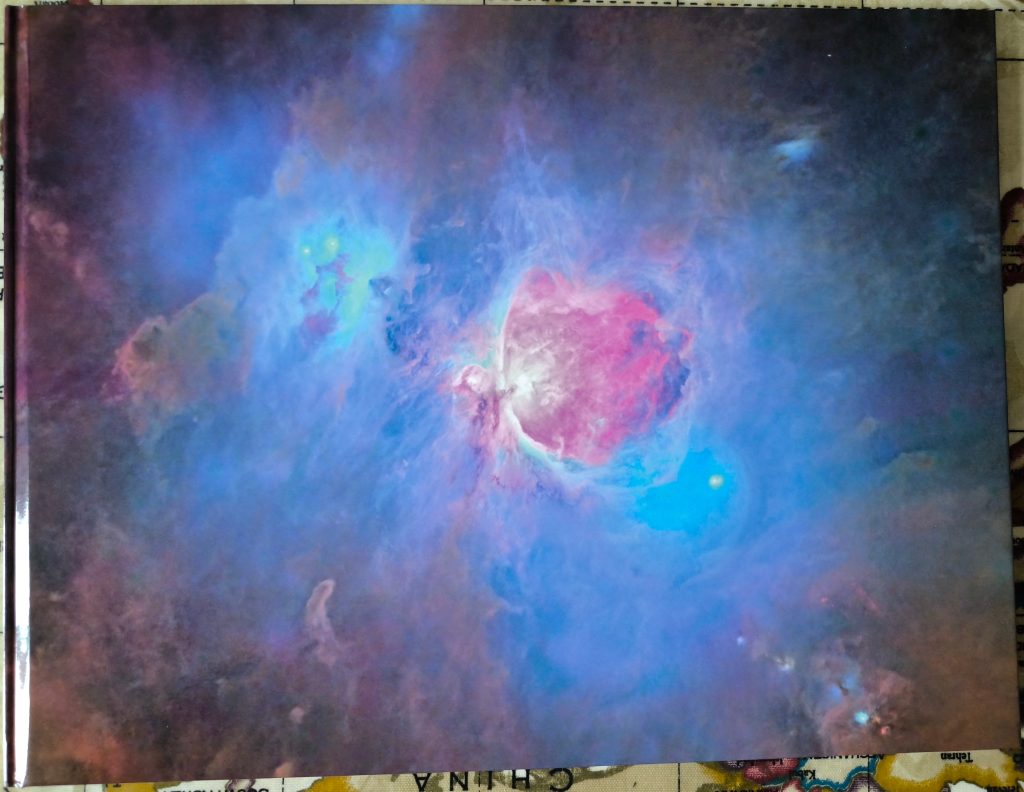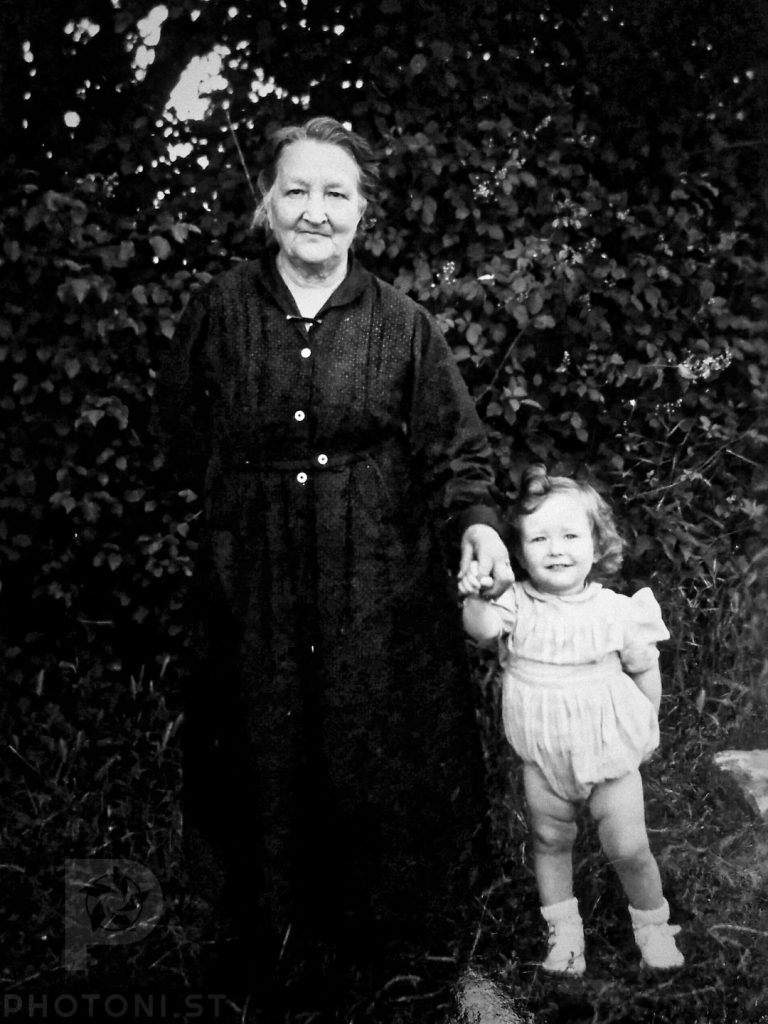In our modern world of unlimited cloud storage and high-capacity hard drives, the practice of printing photographs might seem antiquated. Yet, this traditional approach to preserving memories remains not just relevant but crucial, particularly when considering the long-term preservation of our visual heritage.

The most compelling argument for printing photographs stems from a widespread misconception about digital storage reliability. Many people believe that saving photos to a computer or external drive ensures their perpetual preservation. This assumption overlooks several critical vulnerabilities in digital storage systems.
Hard drives, despite their seemingly robust nature, have surprisingly short lifespans—typically just two to three years with regular use. Even more concerning is the rapid evolution of technology formats. A cautionary tale comes from Google’s attempt to recover Usenet archives from the late 1980s. Despite having the physical tapes, they discovered that compatible tape players had become virtually extinct. The tech giant had to scour universities for parts to rebuild players capable of extracting this valuable data.
Cloud storage, often touted as the ultimate backup solution, presents its own set of risks. Service providers can cease operations, cancel subscriptions, or modify their terms of service. Entrusting our precious memories to third-party services places them at the mercy of corporate decisions and market forces beyond our control.
And that’s not even mentioning file format issues which add to the complexity. File formats from the 80s and 90s are becoming extinct and unreadable fast (imagine old Lotus 1-2-3 1.0 files). JPEG is already very old, GIF is virtually gone. How long before they disappear completely and you have to write your own image readers from old specs to retrieve your images from a backup after a disaster?
Paper photographs, on the other hand, have demonstrated remarkable longevity. The fact that we can still examine and appreciate photographs from over a century ago speaks volumes about the durability of physical prints. They require no special technology to view, no format conversion, and no subscription renewals. Their accessibility is universal and timeless.

What about future generations? Will our descendants be able to access today’s digital photos in a hundred years? Will the general public be able to appreciate your photographic record of today’s life? The technology landscape changes so rapidly that even decades-old storage formats can become inaccessible. Paper prints bypass these technological hurdles entirely.
Beyond practical considerations, printed photographs offer an irreplaceable aesthetic and emotional experience. There’s something uniquely satisfying about holding a physical photograph or turning the pages of a photo album. This tactile interaction creates a more intimate connection with our memories than scrolling through digital images on a screen.
Have you ever sat with your grandmother with a box of old family photos and gone through them listening to her remembering the people and places? Have you ever listened to family lore revived through photographs? Hearing how, prompted by a wedding photo, after WWII your grandparents had to buy second hand plates and glasses from markets to fill their house and start a family. Or even just seeing a photo of your grand-grandmother holding your baby father’s hand. Do you think that could happen with cloud storage?

Doesn’t it scare you to think that in a hundred years, there might be no trace of your photography? That would be the end of your testimony to the times, to your life, to the fact that you existed at all. Whether you consider yourself a great photographer or a slightly on the involved side dilettante, your photos might be the last thing left of you one day.
One effective strategy is to maintain an annual printing routine. Setting aside time each year to curate and print the most meaningful photos from the previous twelve months serves multiple purposes. It forces us to evaluate and select our most valuable images, creates a physical archive of our best work, and ensures our memories remain accessible regardless of technological changes.
Professional-quality albums, particularly in larger formats like A3, provide an excellent medium for preserving these selected images. They offer protection from environmental factors while creating a organized, browsable collection that can be passed down through generations.
While digital photography has revolutionized how we capture and share moments, it shouldn’t completely replace the time-tested practice of printing our most precious images. By combining modern digital convenience with traditional printing methods, we can ensure our photographic legacy remains accessible and meaningful for generations to come. The modest investment in time and resources required for printing pales in comparison to the potential loss of irreplaceable memories due to digital obsolescence or failure.
#Photography #Opinion #IMayBeWrong #Personal

